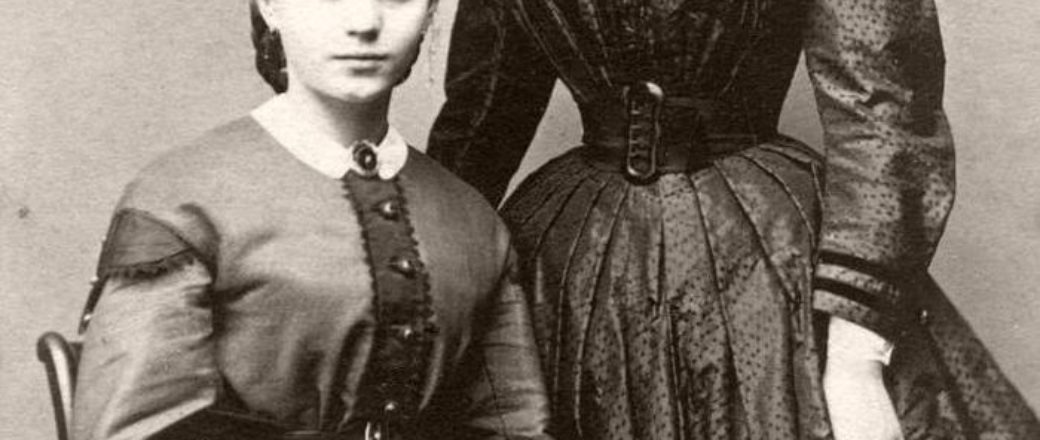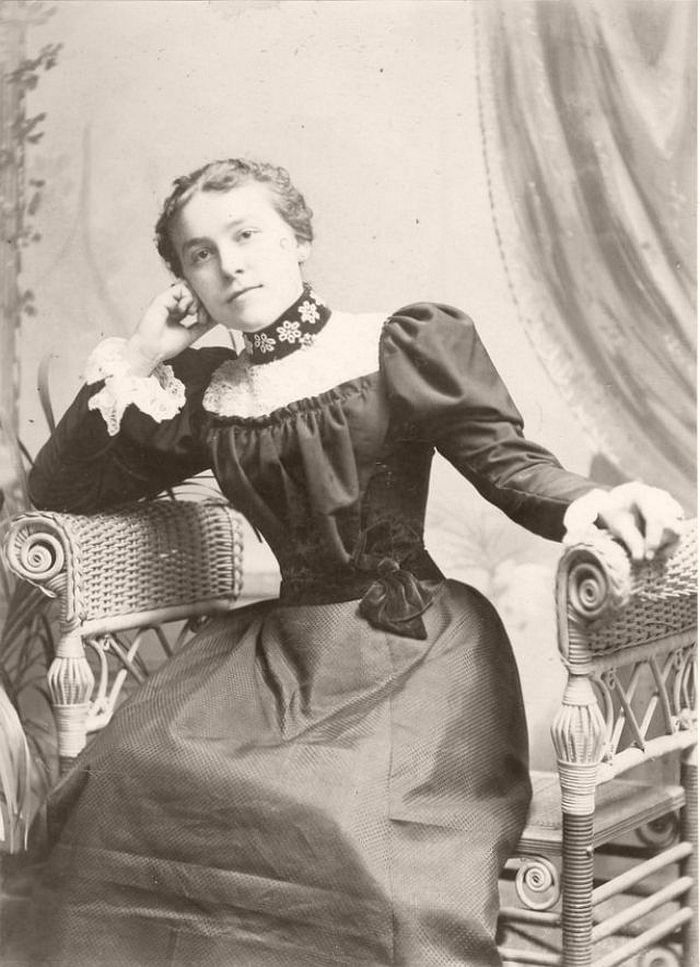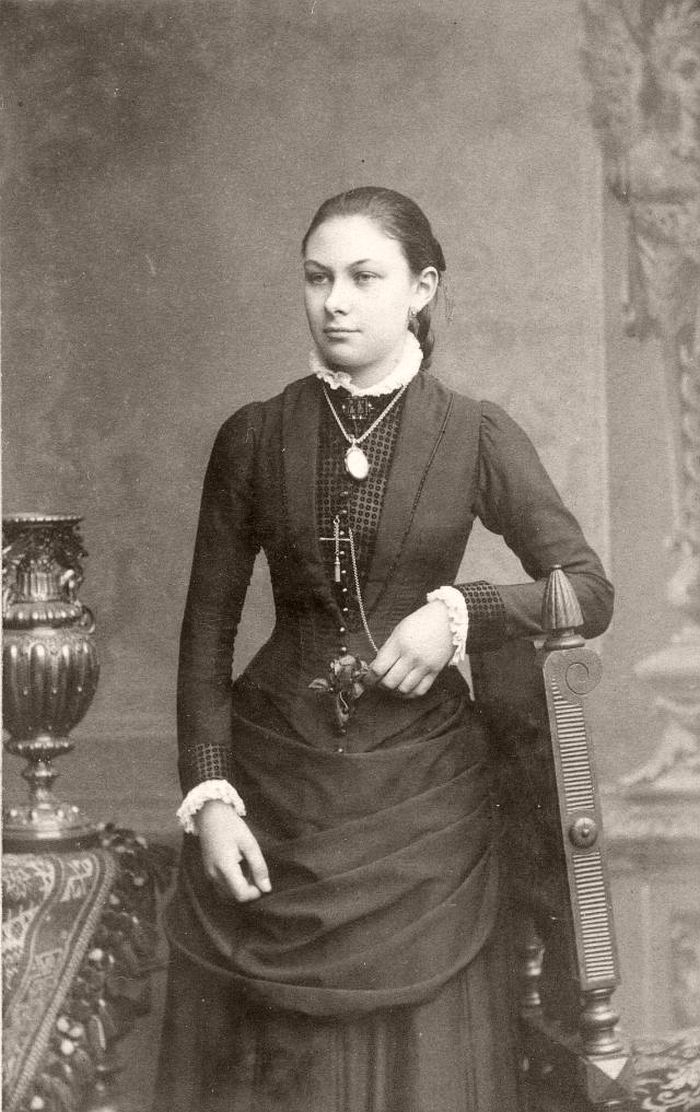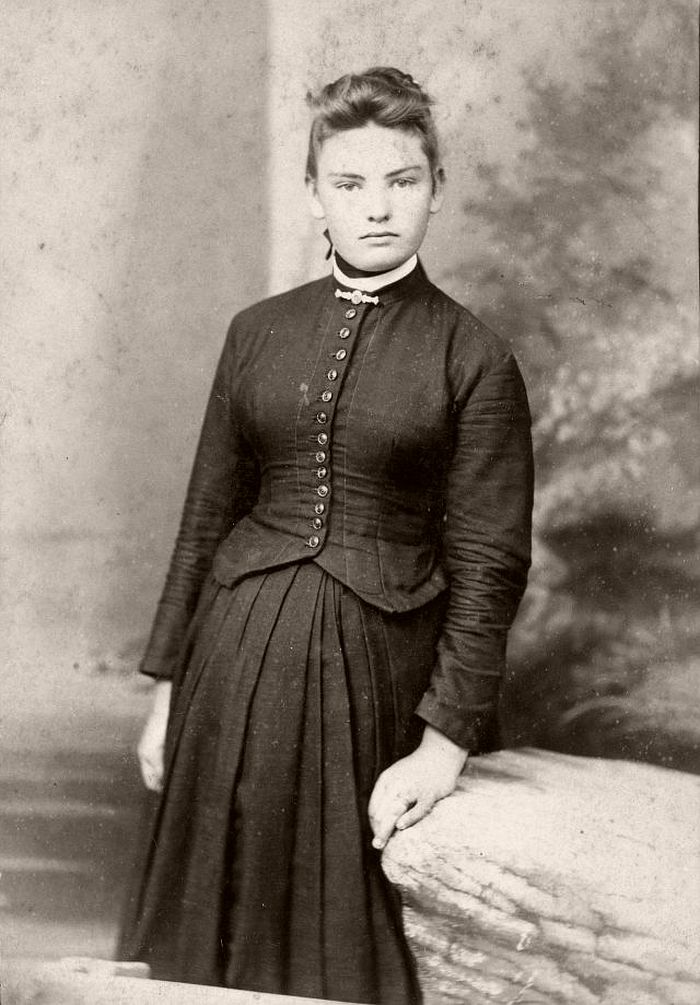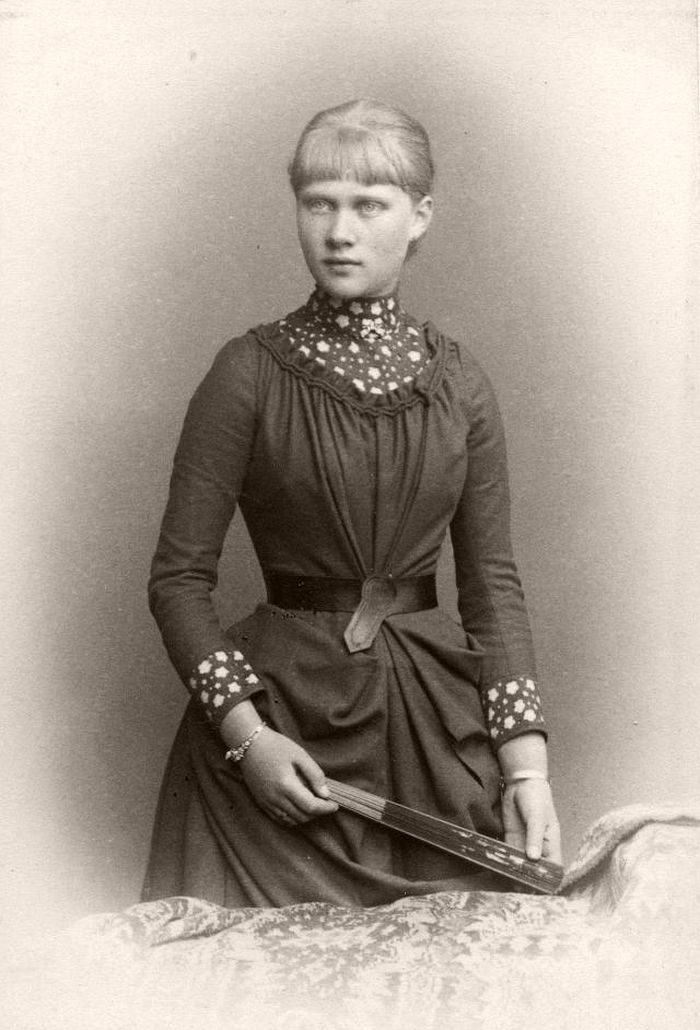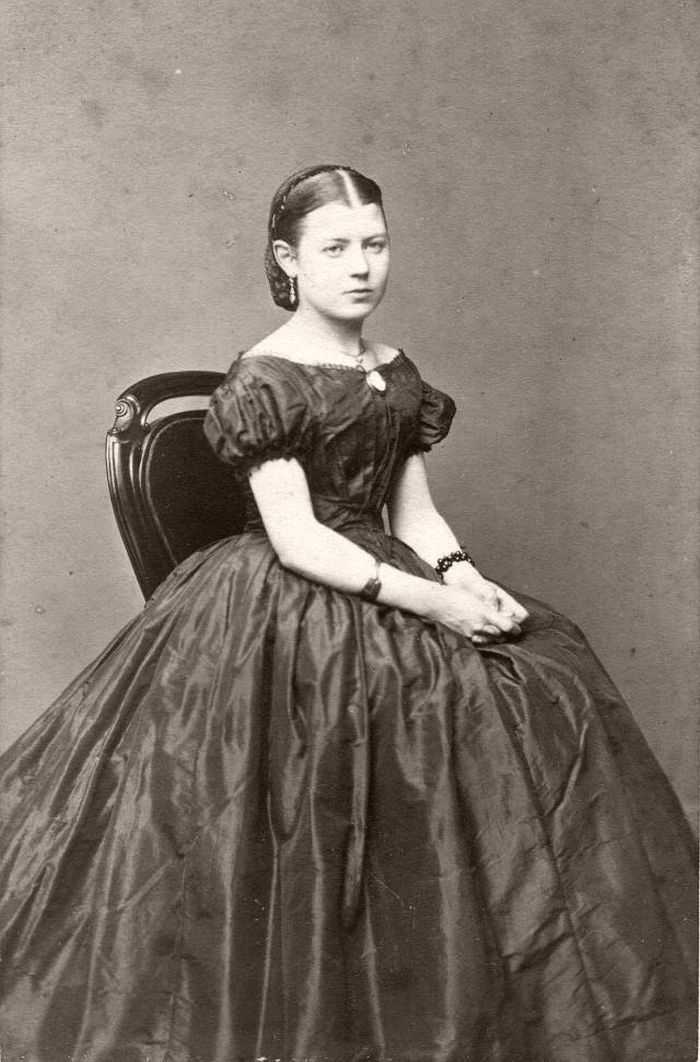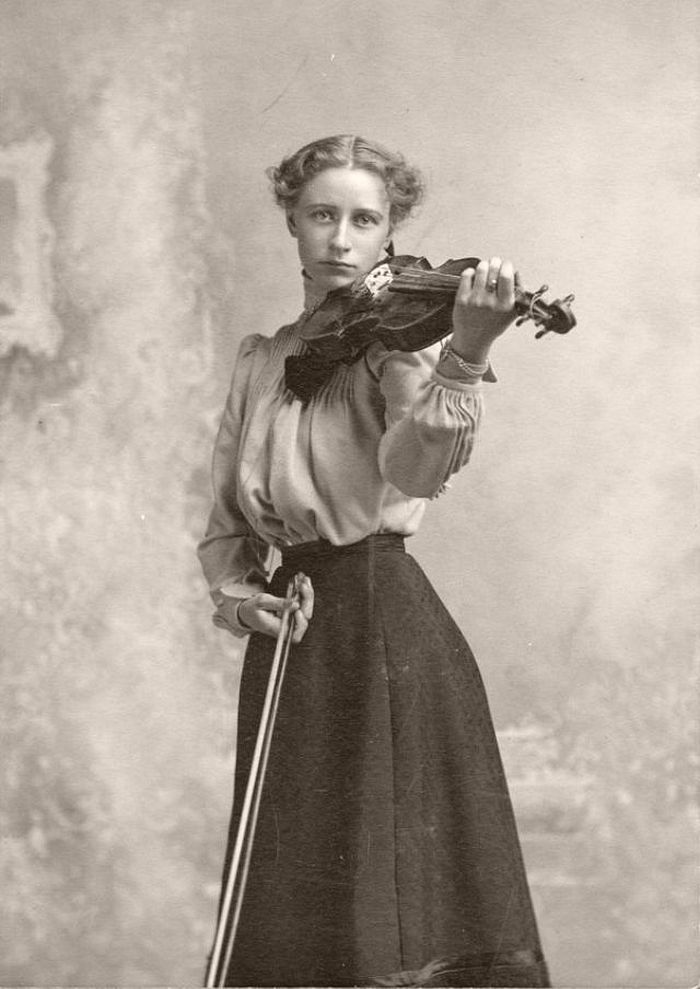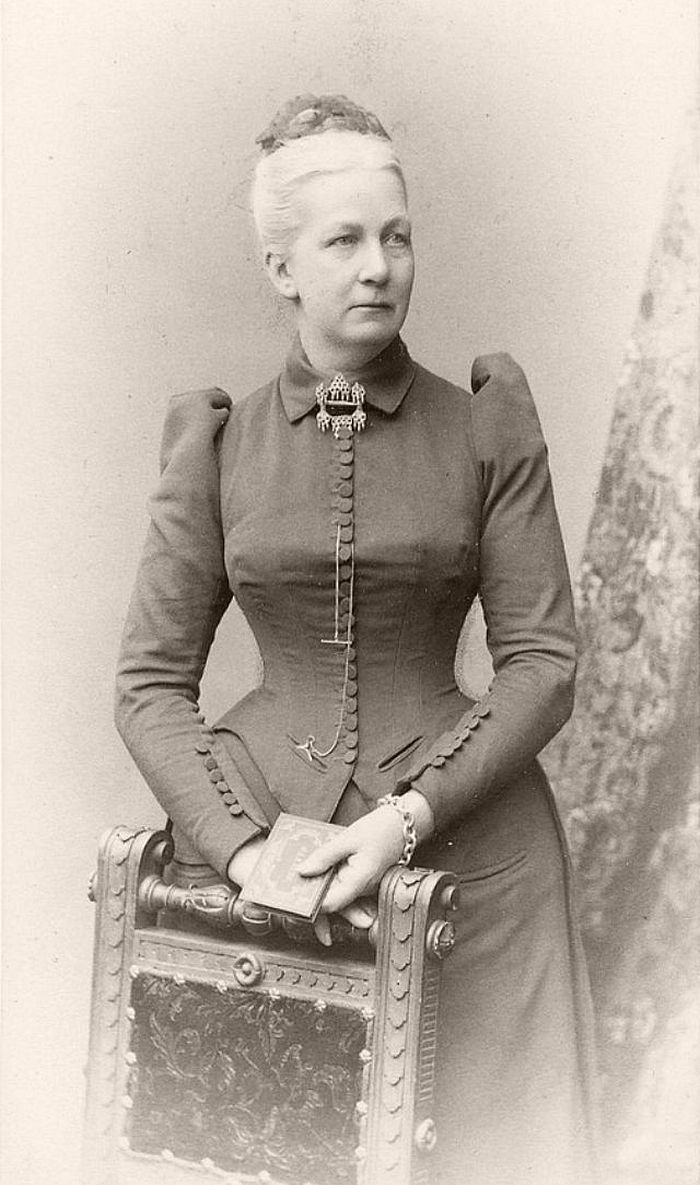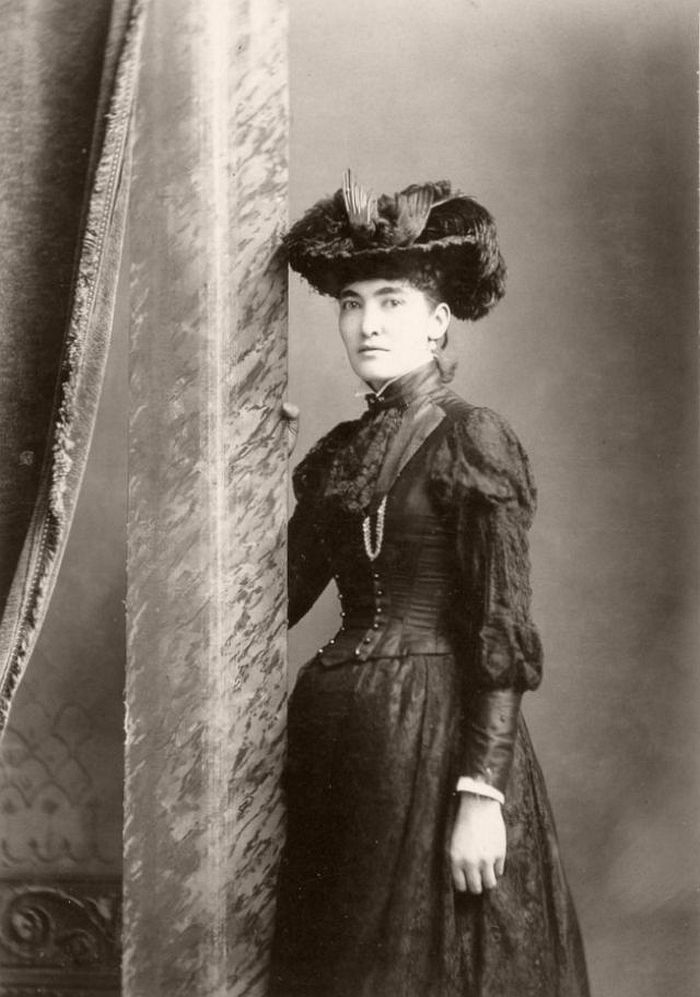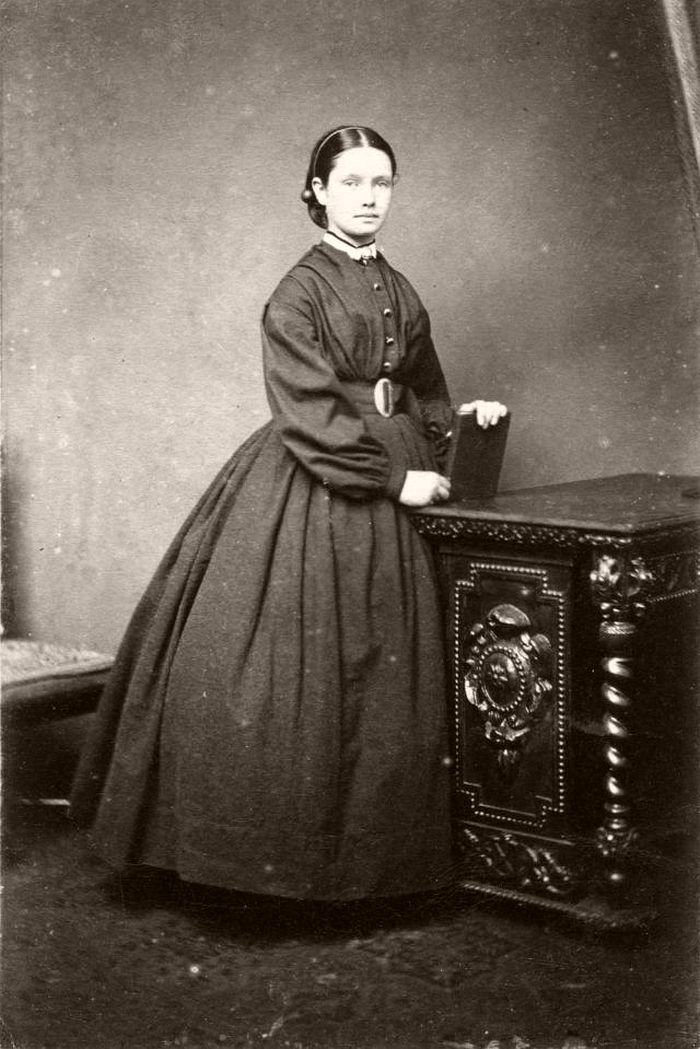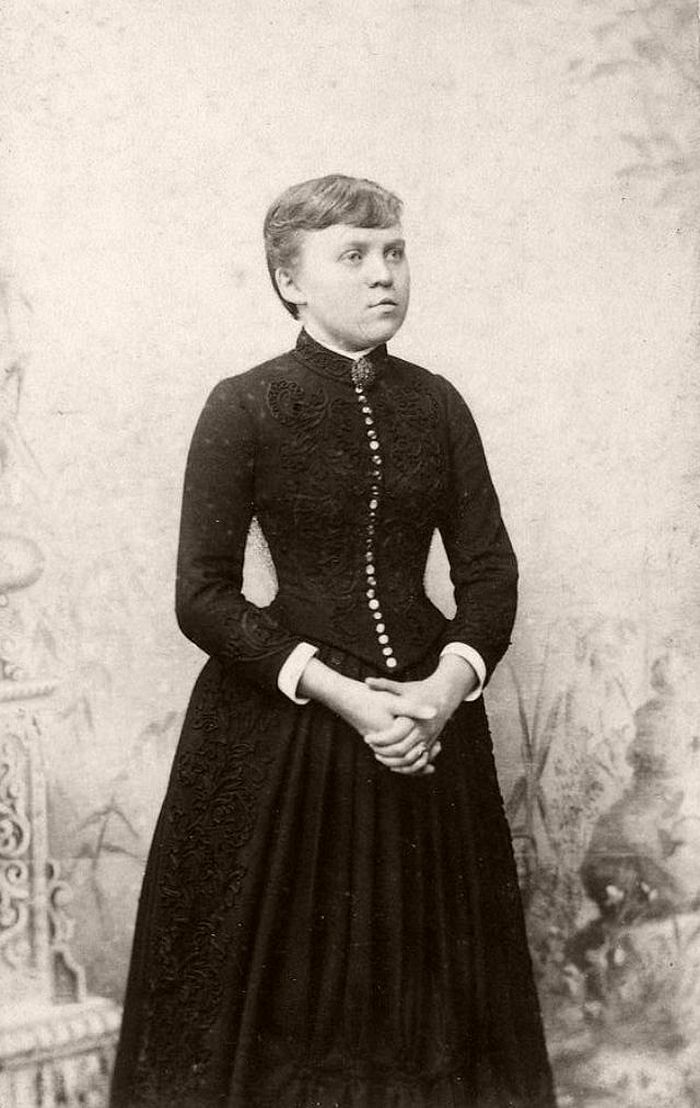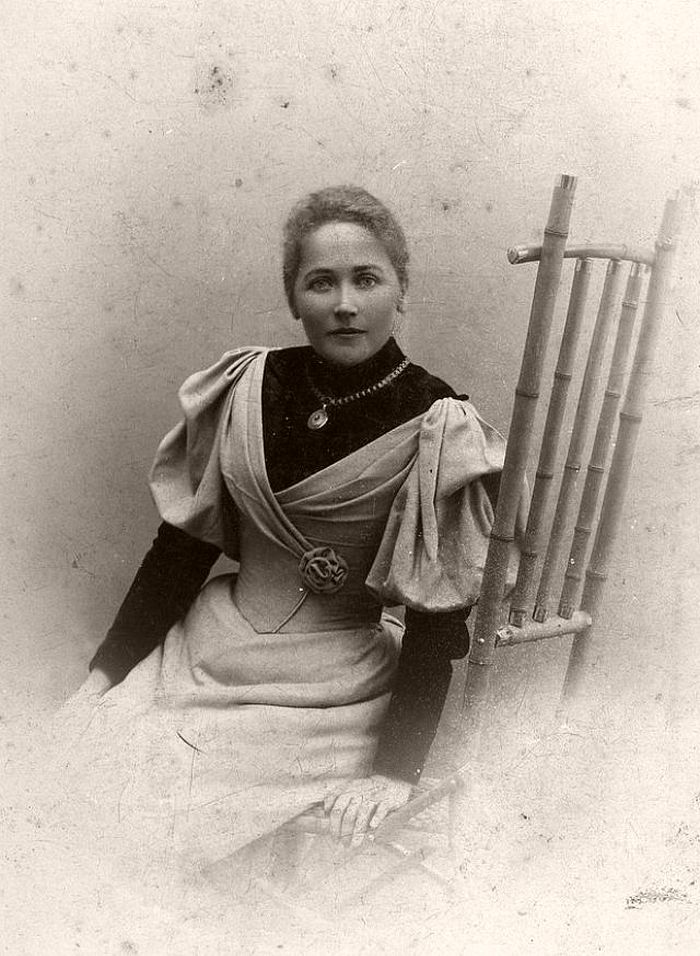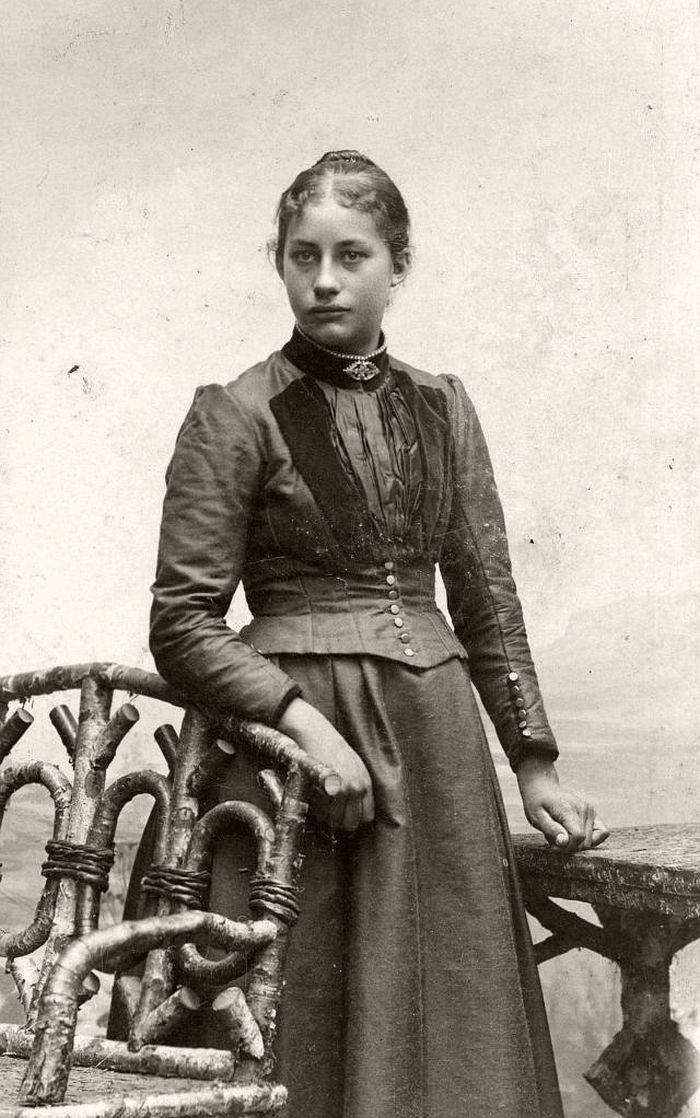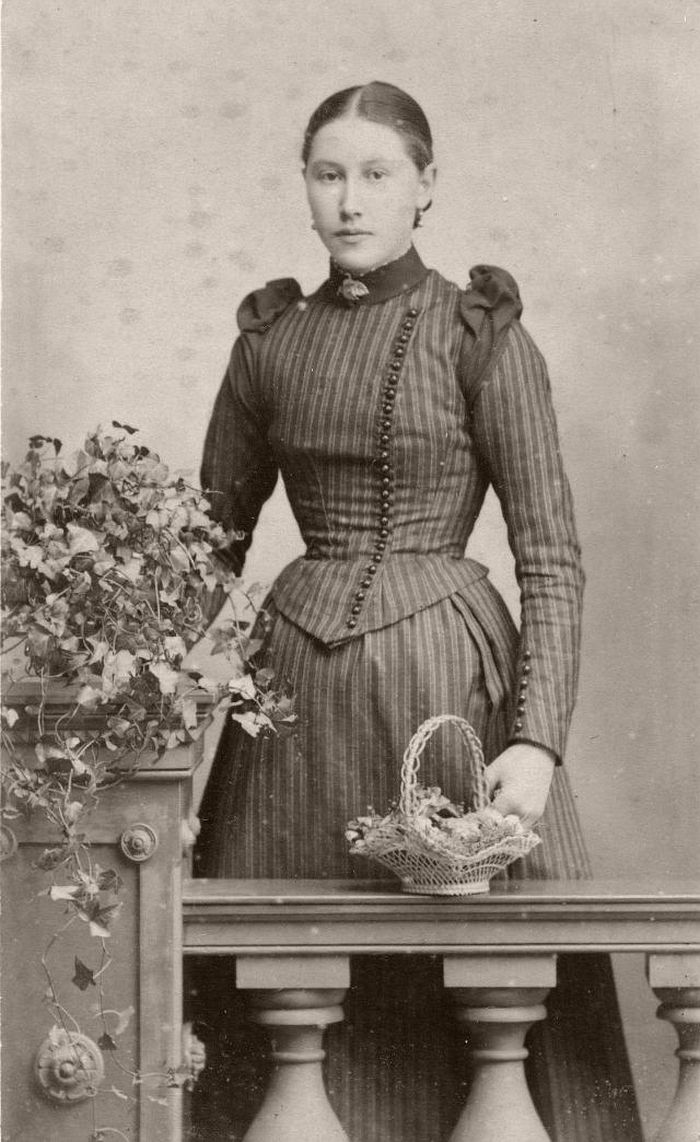The corset has been attributed to Catherine de’ Medici, wife of King Henry II of France. She enforced a ban on thick waists at court attendance during the 1550s. For nearly 350 years, women’s primary means of support was the corset, with laces and stays made of whalebone or metal. Other researchers have found evidence of the use of corsets in early Crete.
The corset has undergone many changes. Originally, it was known as “a pair of bodys” in the late 16th century. It was a simple bodice, stiffened with boning of reed or whalebone. A busk made of wood, horn, whalebone, metal or ivory further reinforced the central front. It was most often laced in the back, and was, at first, a garment reserved for the aristocracy. Later the term “pair of bodies” would be replaced with the term “stays” and was generally used during the 17th and 18th centuries. Stays essentially turned the upper torso into a cone or cylinder shape. In the 17th century, tabs (called “fingers”) at the waist were added.
Stays evolved in the 18th century when whalebone was used more, and there was more boning used in the garment. The shape of the stays changed as well. While the stays were low and wide in the front, they could reach as high as the upper shoulder in the back. Stays could be strapless or use shoulder straps. The straps of the stays were generally attached in the back and tied at the front sides.
The purpose of 18th century stays was to support the bust and confer the fashionable conical shape while drawing the shoulders back. At this time, the eyelets were reinforced with stitches and were not placed across from one another, but instead staggered. This allowed the stays to be spiral laced. One end of the stay lace was inserted and knotted in the bottom eyelet; the other end was wound through the stays’ eyelets and tightened on the top. Tight-lacing was not the purpose of stays during this time period. Women in all societal levels, from ladies of the court to street vendors, wore stays.
During this time period, there is evidence of a variant of stays, called “jumps”, which were looser than stays with attached sleeves, like a jacket.

